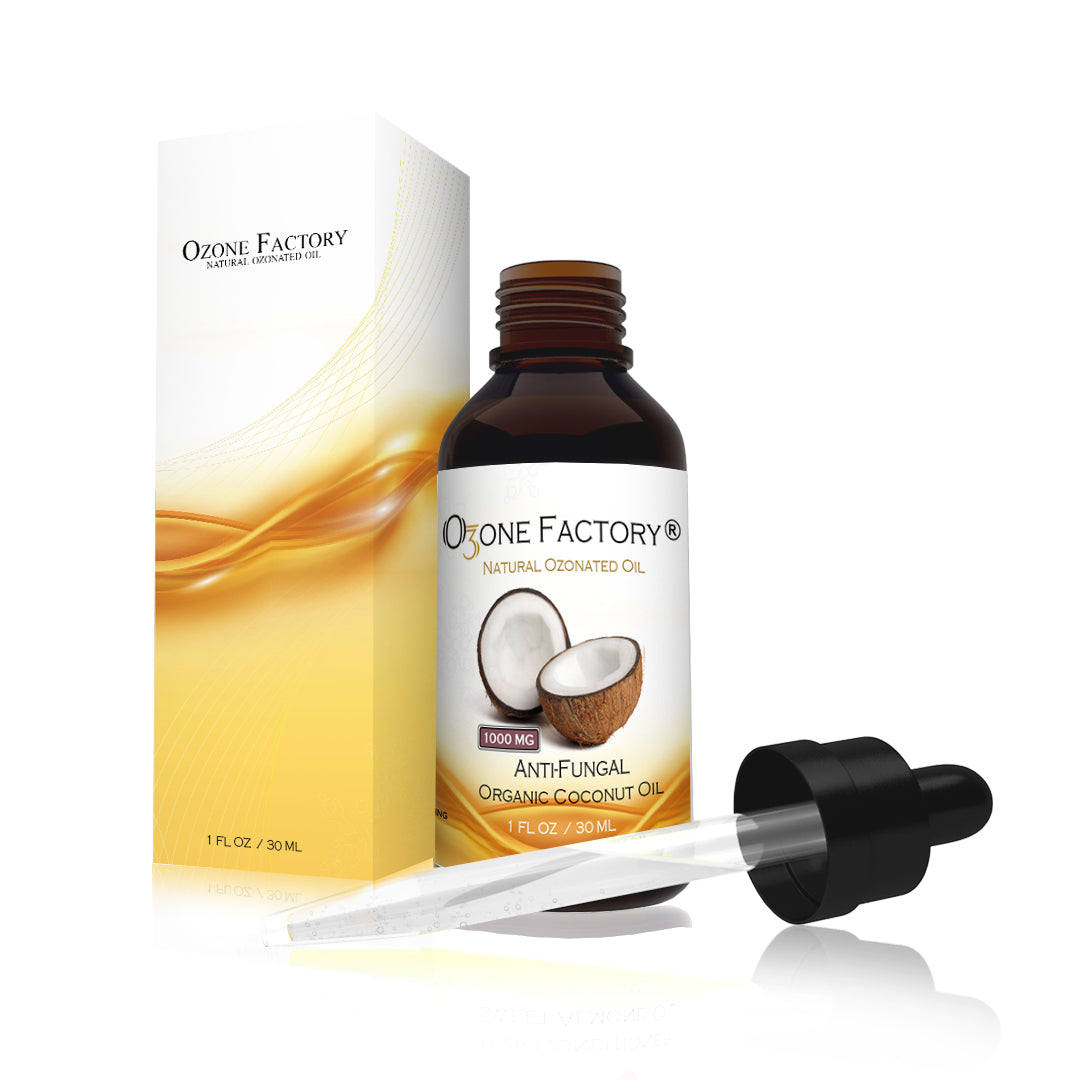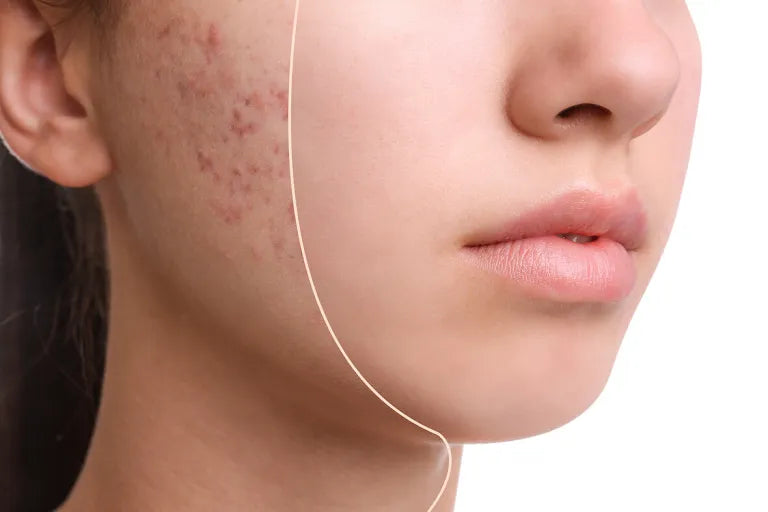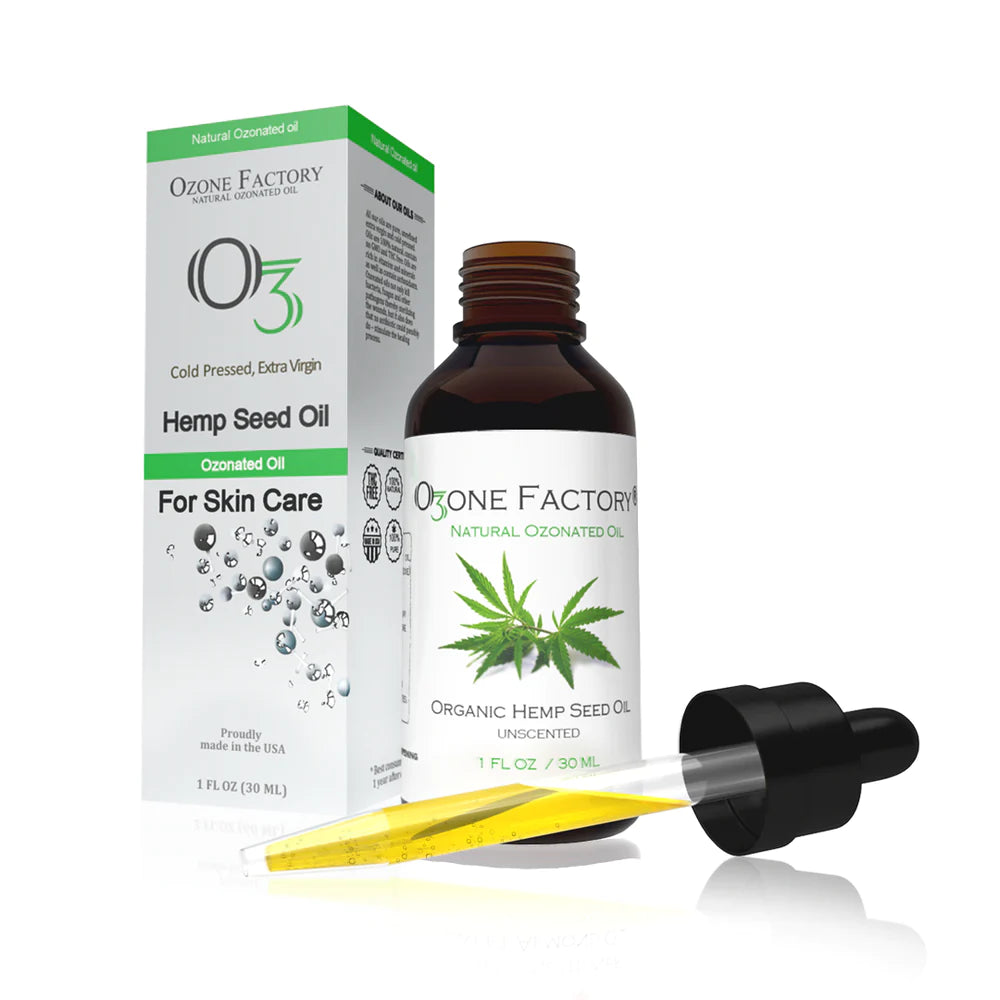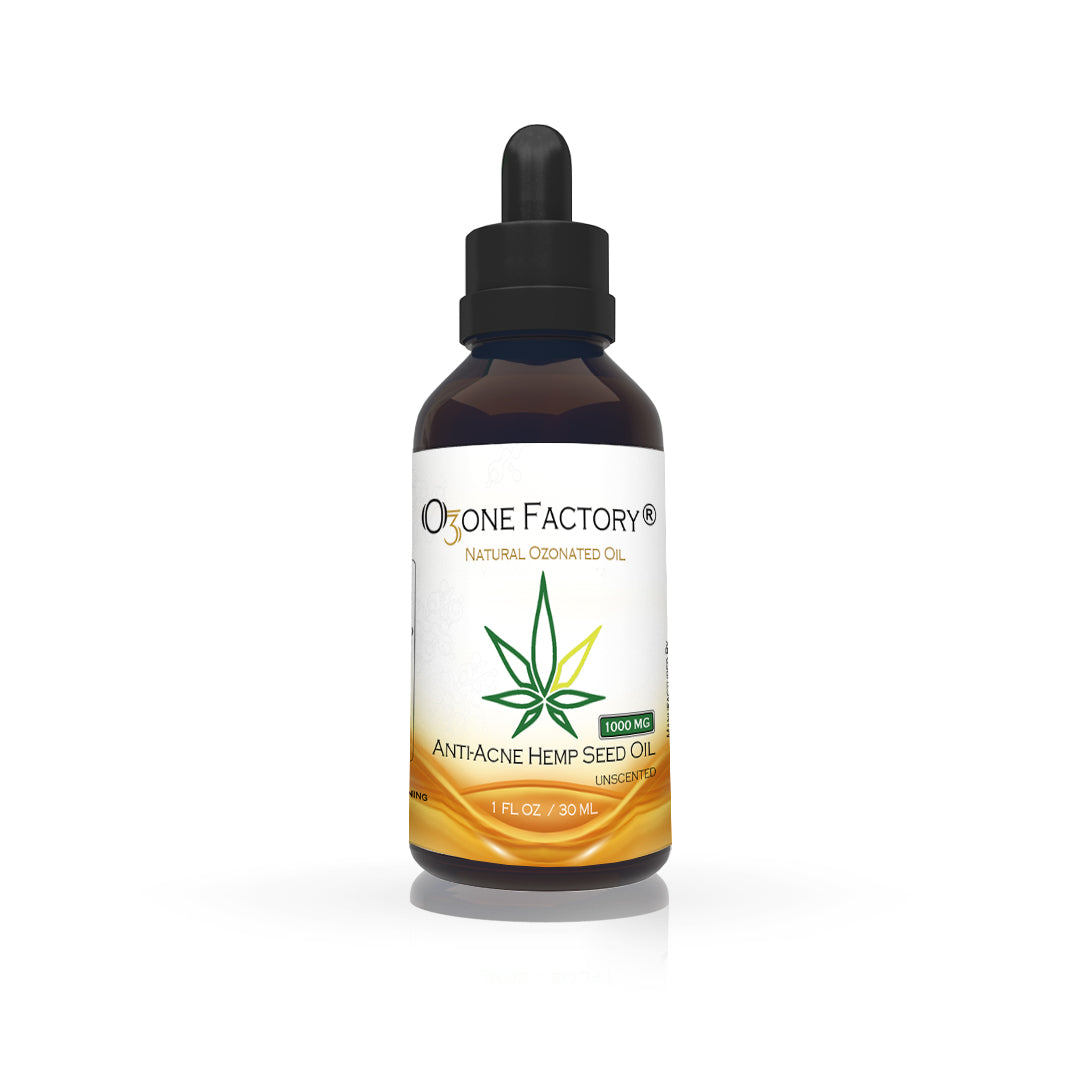
Cardiovascular diseases, comprising coronary artery (CAD) and cerebrovascular diseases are currently the leading cause of death globally. It is well established that oxidative stress (OS) is a major contributor to atherosclerosis development. The retention of low-density lipoproteins (LDL) in the arterial wall and their oxidation by reactive oxygen species (ROS) initiates a complex series of biochemical and inflammatory reactions. Oxidized LDL (oxLDL) promotes many deleterious effects in the vascular wall such as the production of inflammatory cytokines and chemotactic factors. OxLDL might also lead to a procoagulant activity of the vascular cell surface; meanwhile the local synthesis of adhesion molecules induces the recruitment of mononuclear cells to the endothelium. These cells are then transformed into macrophages and finally to the lipid loaded foam cells that contribute to the atherosclerotic lesion development.

The treatment of atherosclerosis is currently based on lipid lowering in combination with anti-inflammatory therapies that slow the progression of atherosclerosis. Despite the cholesterol-lowering effect and anti-inflammatory properties of statins, atherosclerosis continues to progress in a significant proportion of patients. On the other hand, classical antioxidants have failed in the primary and secondary prevention of cardiovascular diseases. Thus, there is a widespread agreement on the need of more effective and less toxic therapies.

The "Ozone Oxidative Preconditioning" Mechanism
In light of more recent pharmacological knowledge, we can consider ozone (O3) as a pro-drug, which, at certain nontoxic doses, can induce a rearrangement of the biochemical pathways with the activation of a second messenger in a cascade with a multiple system action. In order of preference, ozone reacts with polyunsaturated fatty acids (PUFA), antioxidants such as ascorbic and uric acids, thiol compounds with sulfhydryl (-SH) groups such as cysteine, reduced glutathione (GSH), and albumin. Depending upon the O3 dose, carbohydrates, enzymes, DNA and, RNA can also be affected.

Formation of ROS in the plasma is extremely rapid and is accompanied by a transitory and small decrease (ranging from 5 to 25%) of the antioxidant capacity. Importantly, this return to normal within 15-20 minutes owes to the efficient recycling of oxidized compounds such as dehydroascorbate to ascorbic acid.
León and coworkers defined the actions of ozone therapy as an "oxidative preconditioning" mechanism. Ischemic preconditioning represents the best similarity in this context. Ozone oxidative preconditioning may promote a moderate OS which, in turn, increases antioxidant endogenous systems protecting cells against oxidation. Transient elevated ROS concentrations induce gene expression in many cells, whose products exhibit antioxidative activity. A major mechanism of redox homeostasis is based on the ROS-mediated induction of redox-sensitive signal cascades that lead to increased expression of antioxidants. Evidence that antioxidant enzymes, nitric oxide pathways, and other subcellular activities could be modulated by low O3/O2 doses is now proven and could support the surprising effects of O3 in many pathological conditions, such as cardiovascular diseases.

The Efficacy of Ozone Therapy in Cardiovascular Diseases
Both, preclinical and clinical studies have demonstrated the therapeutic effectiveness of ozone therapy in atherosclerosis-associated cardiovascular diseases. In 1993, Romero and coworkers demonstrated the efficacy of O3 in patients with arteriosclerosis obliterans, improving the clinical state. The beneficial effects of ozone therapy on cardiocirculatory system have also been demonstrated. The therapy with O3/O2 restored the antioxidant/prooxidant balance in cardiopathy patients, meanwhile an improvement of serum lipid profile was observed.
Recent results of our group reinforced the effectiveness of ozone therapy in the control of cardiovascular complications. The rectal insufflation of this gas improves the antioxidant state in CAD patients. In another clinical study, the combination of the classic antithrombotic therapy with O3/O2 improved the antioxidant status of patients with CAD, reducing biomarkers of protein and lipid oxidation, enhancing total antioxidant status and modulating the level of superoxide dismutase and catalase, moving the redox environment to a status of low production of superoxide anion (O2•-) with an increase in H2O2 detoxification. Also, ozone therapy significantly improved prothrombin time when compared to the antithrombotic therapy only group, without modifying bleeding time [16]. On the other hand, we also showed that O3/O2 insufflation in patients with CAD improve the antioxidant status of high density lipoproteins and the lipid peroxidation of LDL, which correlates with a reduction of cardiovascular complications.

Recently, we also demonstrated experimentally that low doses of O3/O2 reduce the atherosclerotic lesions size in a rabbit model of atherosclerosis. In the ozonized animals, the intima/media ratio was significantly lower than in the atherosclerotic rabbits [18], which suggest that this medical gas may be used to retard the progression of atherosclerotic lesions.
Ozone-mediated oxidative preconditioning must finally be considered more than a simple and mere concept. Data presented in this work are indicative of potentially positive effects induced by treatment with low doses of O3/O2. Particularly, an ozone therapy approach could be considered as a positive complement to the actual pharmacological therapies addressed to cardiovascular diseases, promoting the regulation of endogenous nitric oxide concentrations and the maintenance of an adequate cellular redox balance.
Effects of ozone therapy on haemostatic and oxidative stress index in coronary artery disease
Article
Coronary artery disease (CAD) is the most common cause of sudden death, and death of people over 20 years of age. Because ozone therapy can activate the antioxidant system and improve blood circulation and oxygen delivery to tissue, the aim of this study was to investigate the therapeutic efficacy of ozone in patients with CAD, treated with antithrombotic therapy, Aspirin and policosanol. A randomized controlled clinical trial was performed with 53 patients divided into two groups: one (n=27) treated with antithrombotic therapy and other (n=26) treated with antithrombotic therapy plus rectal insufflation of O(3). A parallel group (n=50) age and gender matched was used as reference for the experimental variables. The efficacy of the treatments was evaluated by comparing hemostatic indexes and biochemical markers of oxidative stress in both groups after 20 day of treatment. Ozone treatment significantly (P<0.001) improved prothrombin time when compared to the antithrombotic therapy only group, without modifying bleeding time. Combination antithrombotic therapy+O(3) improved the antioxidant status of patients reducing biomarkers of protein and lipid oxidation, enhancing total antioxidant status and modulating the level of superoxide dismutase and catalase with a 57% and 32% reduction in superoxide dismutase and catalase activities respectively, moving the redox environment to a status of low production of O(2)(•-) with an increase in H(2)O(2) detoxification. No side effects were observed. These results show that medical ozone treatment could be a complementary therapy in the treatment of CAD and its complications.
Effects of ozone therapy on haemostatic and oxidative stress index in coronary artery disease | Request PDF. Available from: https://www.researchgate.net/publication/229151841_Effects_of_ozone_therapy_on_haemostatic_and_oxidative_stress_index_in_coronary_artery_disease [accessed Sep 15 2018].

Sources:http://www.athero.org/commentaries/comm1164.asp







Muchas gracias. ?Como puedo iniciar sesion?
http://mewkid.net/when-is-xuxlya/ – Amoxicillin 500mg Dosage Amoxicillin 500mg Capsules hwj.iksb.ozonefactory.net.ojt.lt http://mewkid.net/when-is-xuxlya/
http://mewkid.net/when-is-xuxlya/ – Buy Amoxil Amoxicillin 500mg Capsules vys.iuda.ozonefactory.net.cgh.rk http://mewkid.net/when-is-xuxlya/